History of nuclear energy
To explain the history of nuclear energy, we could distinguish three major stages:
Scientific physical and chemical studies of the elements.
The development of the nuclear bomb during the Second World War
Use of nuclear energy in the civilian field.
Scientific studies encompass this entire period since the first Greek philosophers began to define atoms, until the development of the first nuclear bomb. In this process, different scientists discover the presence of electrons, neutrons and protons.

During this period the first atomic theories were established and radioactivity was discovered.
During the Second World War, the United States promoted the first atomic bomb. This was the first time that nuclear technology was used outside the context of research.
Subsequently, in view of the danger of nuclear weapons, treaties began to be established to regulate their development and promote the use of nuclear energy in the civilian sphere.
At this time, the first nuclear power plants for electricity generation began to appear.

(((( Nuclear energy is defined as the energy required to maintain the integrity of the atomic nucleus. In 1905, Albert Einstein developed the equation relating mass and energy as part of his theory of relativity. It consists of the transformation of a heavy nucleus into lighter nuclei. ... ))))
einstein...
Who discovered the atom?
Democritus of Abdera was the first in history to speak of the concept of the atom.
The name nuclear energy comes from "nucleus". Specifically, it refers to the nucleus of an atom, which is why it is sometimes called atomic energy.
Throughout history, several scientists have made their research and progress. This is called atomic theory. Based on these progresses different atomic theories have been presented to explain how atoms are structured. In this article we will not study them all, but we list the most important discoveries:
The Greek philosopher Democritus of Abdera was the first in history to give a definition of atom: the smallest constituent part of matter (Democritus' atomic model).
John Dalton claimed that the elements were formed from certain combinations of atoms and that all atoms of the same element were identical. Dalton's atomic model was the first scientifically based model of the atom.
In 1897, J. J. Thompson announced the discovery of a negatively charged particle, which he called the electron. Following his discovery, he presented Thomson's atomic model, known as the raisin pudding model.
In 1896, the French physicist Antoine-Henri Becquerel discovered natural radioactivity by chance.
Frédèric Joliot and Irene Curie were the discoverers of artificial radioactivity. They were the ones who realized that radioactivity could be obtained artificially.
Rutherford proposed the atomic model that bears his name: the Rutherford atomic model. According to this model, the atom has a positive nucleus and negatively charged particles orbiting around it.
Max Planck formulated that energy is emitted in small individual units known as quanta. He discovered a universal constant known as Planck's constant.
Albert Einstein proposes the famous theory of relativity. With the also famous equation: E=mc2
The Danish physicist Niels Bohr proposes the Bohr atomic model. In this model it is discovered that the atom is divisible. This characteristic opens the door to certain energetic manifestations and nuclear energy.
James Chadwick in 1932 discovers the neutron. With his discovery, Chadwick obtained a "projectile" of ideal characteristics to provoke nuclear reactions.
The discovery of nuclear fission
At the beginning of the 20th century, in 1938, a team of German researchers discovered nuclear fission. At that time, we were on the threshold of World War II.
The reaction that is now used in all nuclear power plants to generate electricity. The team consisted of Otto Hahn, Fritz Strassmann, Lisa Meitner and Otto Frisch.

Otto Hahn and Lise Meitner found an element of intermediate atomic number in a sample of uranium bombarded with neutrons.
Lise Meitner and Otto Frisch were able to deduce that by bombarding uranium with neutrons, it captured a neutron and split into two fragments. In addition, the reaction emitted a large amount of energy. Uranium is one of the most unstable elements in the periodic table of chemical elements, so the impact of a neutron is enough to destabilize and disintegrate it.
The Manhattan Project
The Manhattan Project was the name of the top-secret operation (from 1942 to 1946) led by the United States, with the help of Canada and the United Kingdom. This project enabled the United States to develop the atomic bomb during World War II.
In 1939, at the beginning of World War II, Albert Einstein wrote a letter to President Franklin D. Roosevelt to warn that it was possible to generate chain reactions. Consequently, the Germans might be on the verge of developing the nuclear bomb.
In response to the warning, Roosevelt stepped up research into the national security implications of nuclear fission.
The manufacture of the bomb was entrusted to the military, in a war project that would cost about $2.5 billion.
In the early morning of July 16, 1945, the first test of the plutonium atomic bomb was carried out in the Alamogordo desert (New Mexico), and proved to be a complete success.
The uranium atomic bomb and the plutonium atomic bomb were ready at the same time. The first, called Little Boy, consisted of two masses of uranium-235 that were projected one on top of the other with conventional explosives.
The second, Fat Man, consisted of a hollow plutonium sphere collapsed on its center by the action of conventional explosives.
On August 6, 1945, the two nuclear bombs that would alter the course of history were dropped. Little Boy was dropped on Hiroshima from the Enola Gay aircraft, and on August 9, Fat Man was dropped on Nagasaki.


After the detonation over Hiroshima, Einstein commented, "I should burn the fingers with which I wrote that first letter to Roosevelt."
What happened to nuclear power after World War II?
After the end of World War II, America held the supremacy of war due to its considerable atomic potential. The complexities surrounding the war and civilian aspects of nuclear energy required the establishment of rules and laws for civilian applications at home and international regulation at all levels.
Initially, the United States was reluctant to lose its leading role.
In 1946, the US presented a plan at the United Nations, which consisted of a gradual release of nuclear secrets, factories and bombs. The US proposed to hand over all this information in exchange for international control and inspection. The former Soviet Union objected and it was a failure.
These events accentuated the tense situation caused by the development of the Soviet H-bomb. The destructive capacity of this bomb was much greater. The H-bomb combines uranium nuclei with nuclear fusion.
The bomb was ready in early 1952. Its power turned out to be 700 times greater than that of the Hiroshima atomic bomb.


Nuclear energy for peaceful uses, electricity generation
In an attempt to ease this situation, a series of international technical conferences on the peaceful uses of nuclear energy were organized. On this occasion, the talks between developed countries with significant atomic potential were a complete success.
Taking advantage of the new situation, US President Eisenhower then presented his international cooperation program "Atoms for Peace" at the United Nations. From this program, a series of scientific and technological know-how was released that would enable the subsequent commercial exploitation of nuclear energy.
The speech proposed an agreement between the great powers to halt and reduce the manufacture of nuclear weapons. Eisenhower also wanted to make the whole of mankind aware of the knowledge and material means, especially nuclear fuels, for their peaceful use.
In addition, the creation of regulatory bodies was favored.
However, countries such as the United Kingdom and the former Soviet Union had already begun research into the commercial deployment of nuclear energy. The aim was to obtain electrical energy using the power of a nuclear reactor.

On October 17, 1956, the world's first nuclear power plant, using a Magnox-type reactor, was inaugurated at Calder Hall (Cumbria, UK). The plant was inaugurated by Queen Elizabeth II and was in operation for almost 47 years.
Definitive Nuclear Non-Proliferation Treaty
In 1967, the IAEA organized a group to analyze all the technical problems that could be contained in a Nuclear Non-Proliferation Treaty, which would enter into force in 1972.
The signatory countries agreed not to transfer nuclear weapons or collaborate in their manufacture, and undertook to establish the necessary safeguards for compliance.
The development of nuclear energy was driven at all times by the interest aroused by the production of electricity using this energy source.
Throughout the 1960s and 1970s, several nuclear programs were initiated in various countries. Today, there are more than 450 nuclear reactors in operation worldwide....
well so far my second article of the nuclear week I will be bringing more content on this topic that has me more than intrigued among other curiosities that certainly want to share until a next article friends ...
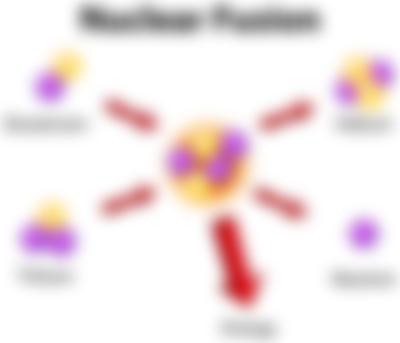


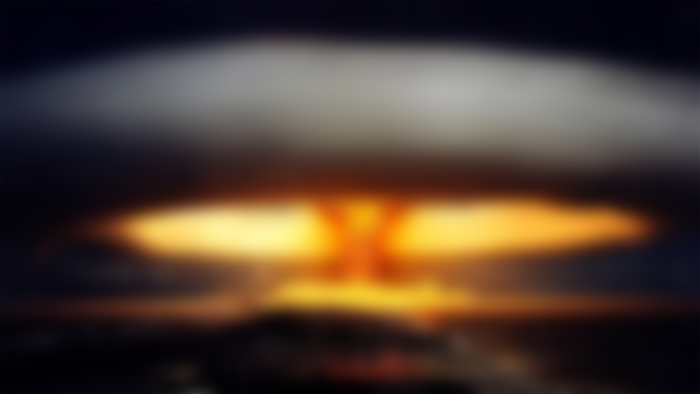
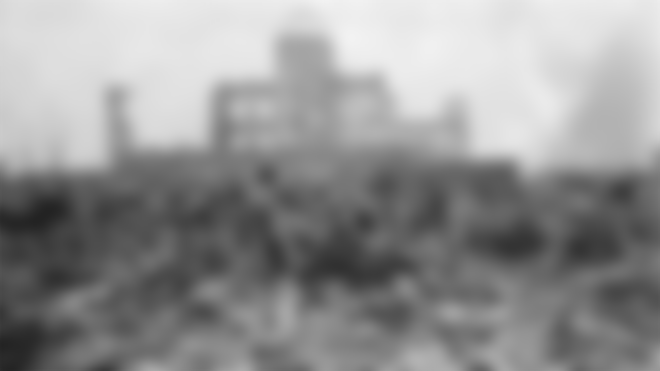

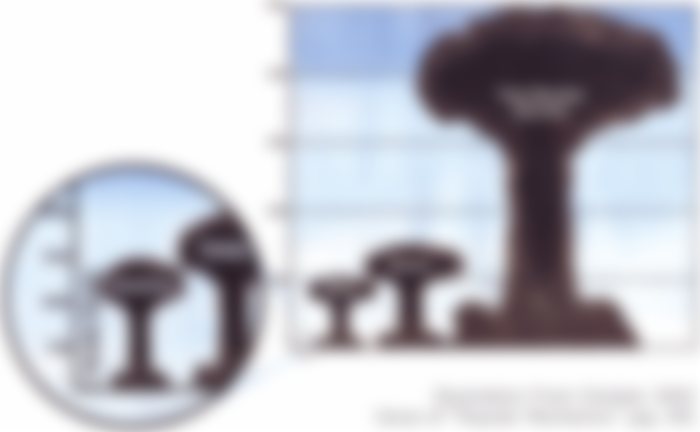
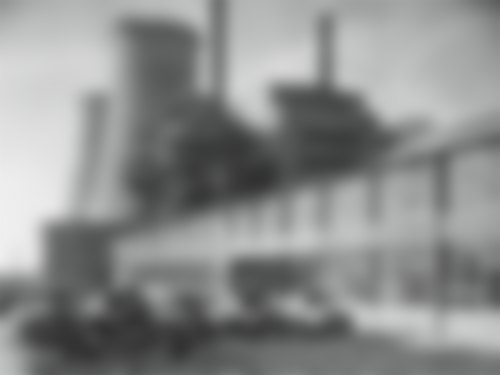
very informative article